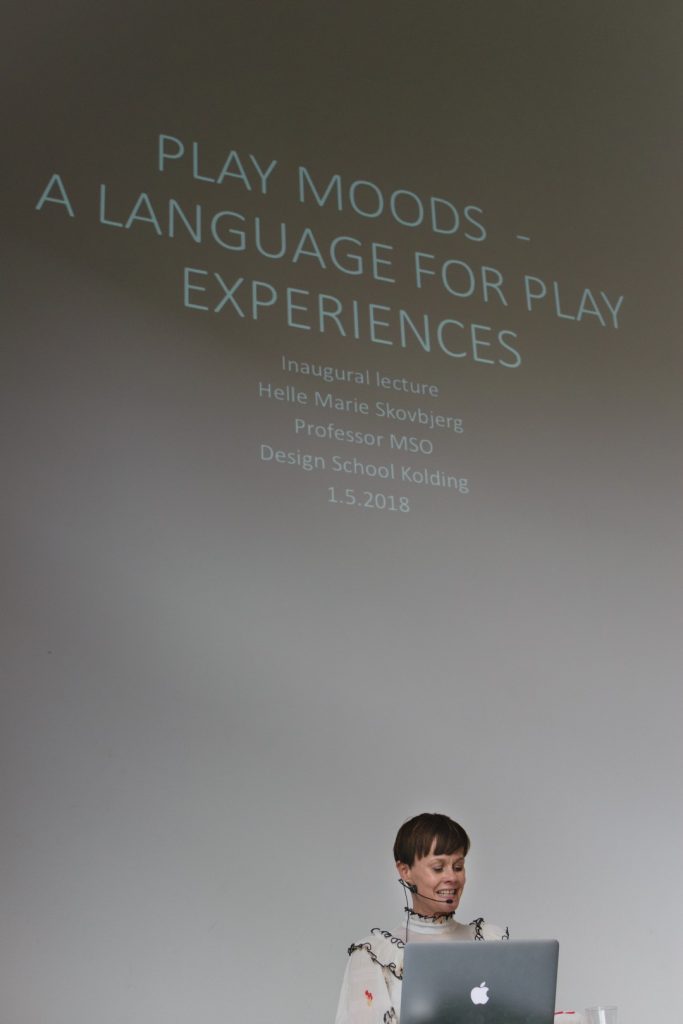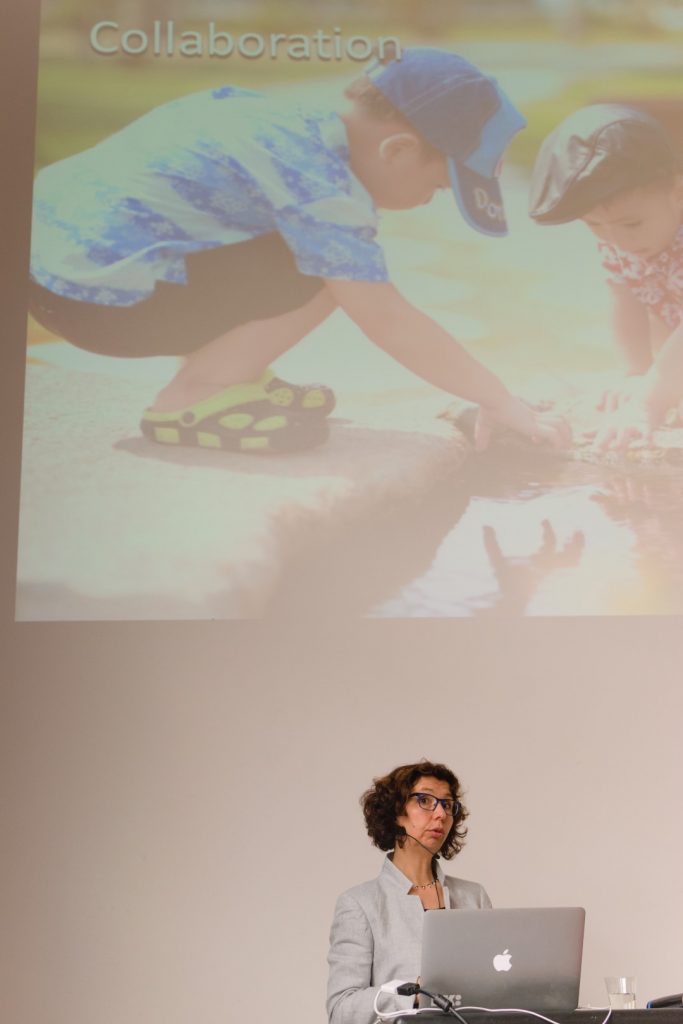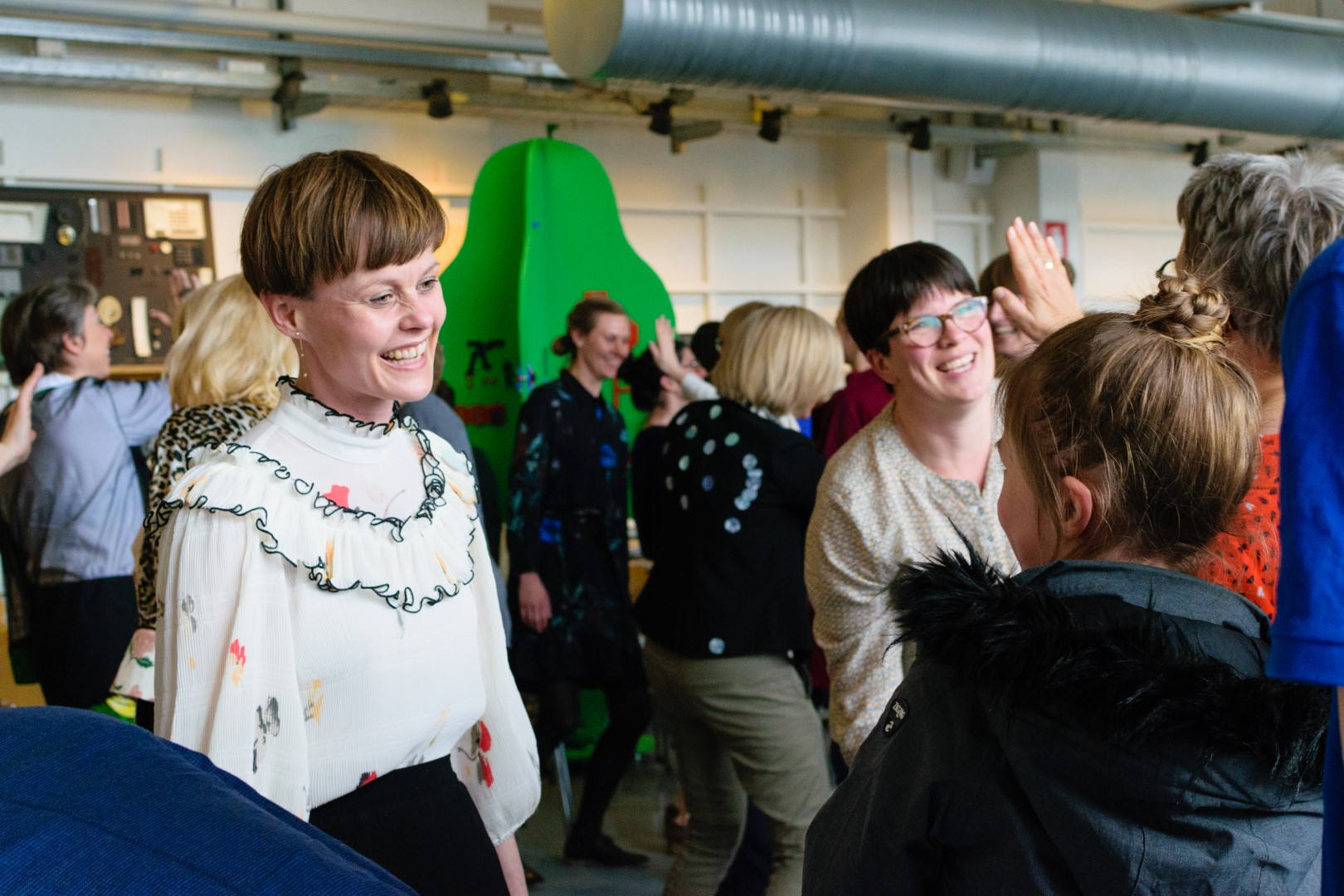[et_pb_section bb_built=”1″][et_pb_row][et_pb_column type=”4_4″][et_pb_text admin_label=”Intro” _builder_version=”3.1.1″]
I fundamentally believe that the world needs more play. It’s hardly possible to live a good, fulfilling life without play, and it’s our big dream to cultivate play communities that, in turn, can contribute to more playful societies.
To achieve these goals, we have to understand play better. Oh, the amount of times I’ve met the assumption that it’s “just play” and that, apparently, there’s not much to understand, really. It mirrors some widespread, underlying idea that play is a simple, trivial matter that doesn’t require serious intellectual effort.
“We all know what play feels like”, right?
It’s baffling to me, since play is one of the most complex phenomena I can think of. It’s inherently tied to human nature, a sincere expression of our shared humanity, and the diversity of play must thus be assumed to mirror the diversity of humankind.
Play is a common human experience that enables participants to explore who they are through their relationship to the world, to other people, and to the materials they have access to. To be in play is to explore what it means to be human (Helle Marie Skovbjerg)
It’s downright ludicrous to believe it won’t take a massive, collective effort to ever get a better grasp of something like that.
I remember a talk with the English learning theorist Peter Jarvis on his “big” project – “Towards a Comprehensive Theory of Human Learning”. While it was and is an ambitious project, he underlined that “it can only ever be towards”, stressing that we’ll never fully understand human learning. It’s simply too complex, dynamic and diverse for any one person to fully fathom.
The same, I’d argue, goes for play. The best we can do is to stay curious, keep asking questions, talking, thinking, playing. We’ll learn more, understand play better, but “full comprehension” is impossible. That’s ok.
Anyway, there’s a point to all this, I promise.
[/et_pb_text][et_pb_image admin_label=”Helle_photo” _builder_version=”3.1.1″ src=”http://www.counterplay.org/wp-content/uploads/2018/05/Inauguration-35-Large.jpg” /][et_pb_text admin_label=”Helle” _builder_version=”3.1.1″]
Last week, May 1st, my good friend and “play ally”, Helle Marie Skovbjerg, along with her Dutch colleague, Tilde Bekker, gave their inaugural lectures at Design School Kolding. Both of them were to be professors of play, which is a beautiful declaration of dedication to the intellectual pursuit of understanding play.
They both gave incredibly engaging and inspiring speeches, more than worthy of their new titles (read more in this booklet, where I also got the following quotes from):
Helle began with her “mood perspective”, which she’s been working on for several years (see this):

“As a way to grasp the poetics of play as a human experience, today I would like to present what I term the ‘mood perspective’. Comprehending and formulating language that fits the experience of play may lead to new types of design decisions”
“The poetics of play”. Ahh. It’s somehow soothing and uplifting to have that as a starting point for exploring the unpredictable nature of play:
“Mood is a non-specific way of being in which one is prepared to make sense of something without knowing exactly what it is. In relation to play, we can understand this open attitude as a playful way of being. We are prepared for something to provide us with a particular meaning, without yet knowing precisely what it is. Our attitude is filled with hope and the expectation of something meaningful”
She went on to describe four types of play moods:
- Sliding for devotion
- Shifting for intensity
- Displaying for tension
- Exceeding for euphoria
When I’m in the mood for it (sorry), the latter is my favorite:
“And the crazier it gets, the better it is […] The mood related to this practice is called euphoria, and is characterized by an intense expectation of silliness. You are ready to do silly things, and you expect others to not only accept those silly things, but to come up with even sillier things. […] The players have to maintain real openness toward moving beyond earlier practices in order to continue exceeding. Whereas devotion is quiet and safe, euphoria is about surprise and uncertainty.”
The beauty of this particular approach is that it aims to understand the “being in play”, not any particular outcome of play. In Helle’s work, play is assumed to be inherently valuable. Just because.
She always ties her theoretical work closely to the actual practice of play, stating that “we must become knowledgeable practitioners of play, make sense of the moods of practices, and take part in them. To understand play, we must be close to the unfolding, sharing and emergence of play.”
I have only recently realized that what Helle captures with her idea of a “ludotorium” is not far from what we’ve been hoping to create with CounterPlay: a space for examining and taking part in a diverse range of play practices, deploying various lenses for a somewhat kaleidoscopic view:
“It is possible to understand the idea of the ludotorium as a design exploration about play that favours and explores unsettled and imagined possibilities that make it possible to draw a productive line of connection between participation, ethnography and design. The underlying assumption in this scenario is that it is crucial to participate in play in order to understand play, with a strong emphasis on the relationship between doing and knowing. It is through experience with the practices of play that it is possible to understand what play is.”
[/et_pb_text][et_pb_image admin_label=”Tilde – photo” _builder_version=”3.1.1″ src=”http://www.counterplay.org/wp-content/uploads/2018/05/Inauguration-28-Large.jpg” /][et_pb_text admin_label=”Tilde” _builder_version=”3.1.1″]
Tilde then went on to talk about “designing for open-ended play, which I find to be a compelling way to insist on the inherent unpredictability of play:

“designing for open-endedness could be a very powerful key feature, because it supports a wide range of important qualities of play. It can support creativity, as children can develop their own game goals and rules; it can support social interaction, as children have to negotiate how they want to play, and, if designed well, it can support emergence over time, because children can keep on adjusting how they create meaning and games as they play”
It’s not just about children, of course, but this whole idea of designing with “empty spaces” for the players to fill is essential for allowing play to thrive. No matter if you’re designing playgrounds, changing organisational culture or developing a play festival, it needs to be open-ended. If it’s not, if the materials, the rules, the potential outcome have all been determined in advance, it ceases to be play.
She also mentioned her work with “ the Lenses of Play card tool” , which I find quite useful:
We have worked on the development of a hands-on design tool that presents different perspectives on play and emergence and that can support designers in creating interactive designs for play.
- open-ended play
- playful experiences
- forms of play
- stages of play
- emergence
Finally, I appreciate her argument that the “properties of play” “are related to each other in a sort of dynamic spider web of playful properties of design”:
“ The properties are related to each other, and just like in a web, if you pull somewhere and change a design decision about one property, you probably also have to adjust another design decision related to another property”
Again, play is such a complex phenomenon and the many different properties are related and intertwined in intricate ways, changing one will inevitably change the others and their mutual relationship to each other.
[/et_pb_text][et_pb_image admin_label=”HelleTilde” _builder_version=”3.1.1″ src=”http://www.counterplay.org/wp-content/uploads/2018/05/Inauguration-30-Large.jpg” /][et_pb_text admin_label=”Play intermezzo” _builder_version=”3.1.1″]
I had the immense pleasure of contributing to the playful atmosphere with a “play intermezzo” between the two great speeches. Helle had shown me tremendous (too much?) confidence, giving me free reins, only asking for play that would get a little silly and involve the body. “You can’t have an inauguration for play professors without play, can you? Wouldn’t that be too boring?”.
Well, maybe, but in any case, I was way to honored by the request to do anything but jump with joy. How often do you get to facilitate play at the inauguration of not one, but TWO play professors? It was certainly a first for me, and it was not until later I realized that this was quite a daunting task, making me quite nervous about the whole endeavour.
Will people accept my invitations to play? Will my suggestions be too banal or silly? Will I do something inappropriate (it’s a fine line, you know)?
I needn’t have worried, of course, since the crowd showing up for a celebration of play professors were eager to play. I mean: really eager! To embrace the sillines, I had framed this session as a “play tasting menu”, trying out small “dishes” of different ways of playing.
I had chosen to pay tribute to a couple of great players. First I drew on Augusto Boal by playing “Colombian Hypnosis” to warm up and remember how even the smallest act of play is always tied to bigger questions about participation, agency, citizenship and democracy (read more in “Games for actors and non actors”).
[/et_pb_text][et_pb_image admin_label=”Tilde_hypnosis” _builder_version=”3.1.1″ src=”http://www.counterplay.org/wp-content/uploads/2018/05/Inauguration-7-Large.jpg” /][et_pb_text admin_label=”Play intermezzo 2″ _builder_version=”3.1.1″]
The second activity I borrowed from my friend Bernie Dekoven, who passed away recently (read my tribute to Bernie). He literally spent his entire life playing, insisting on the importance of walking “the playful path” and cultivating play communities everywhere this path took him. The game I chose (from his huge catalog over at deepfun.com) was “Prui”, both joyfully silly and a brilliant example of the trust we show each other when we truly play.
[/et_pb_text][et_pb_image admin_label=”Stine” _builder_version=”3.1.1″ src=”http://www.counterplay.org/wp-content/uploads/2018/05/Inauguration-19-Large.jpg” /][et_pb_text admin_label=”Play intermezzo 3″ _builder_version=”3.1.1″]
The last activity was inspired by my friend Lynn Parker, who’s drawing small doodles with chalk everywhere she goes, sharing with #oneplaything on Twitter. The lesson here was that it’s the play community that can only ever really change the conditions for play in society, and we need to invite more people to join us on this journey. By playing in public, the play community and the play opportunities suddenly become visible.
People jumped right in, started doodling, writing and playing – inside and outside. Safe to say there were many traces of play afterwards (some would say it was a mess, but a joyful mess, if so).
It was a wonderful day and I look forward to following the play professor(s) on new adventures!
[/et_pb_text][et_pb_image _builder_version=”3.1.1″ src=”http://www.counterplay.org/wp-content/uploads/2018/05/Inauguration-24-Large.jpg” /][/et_pb_column][/et_pb_row][/et_pb_section]

Leave a Reply